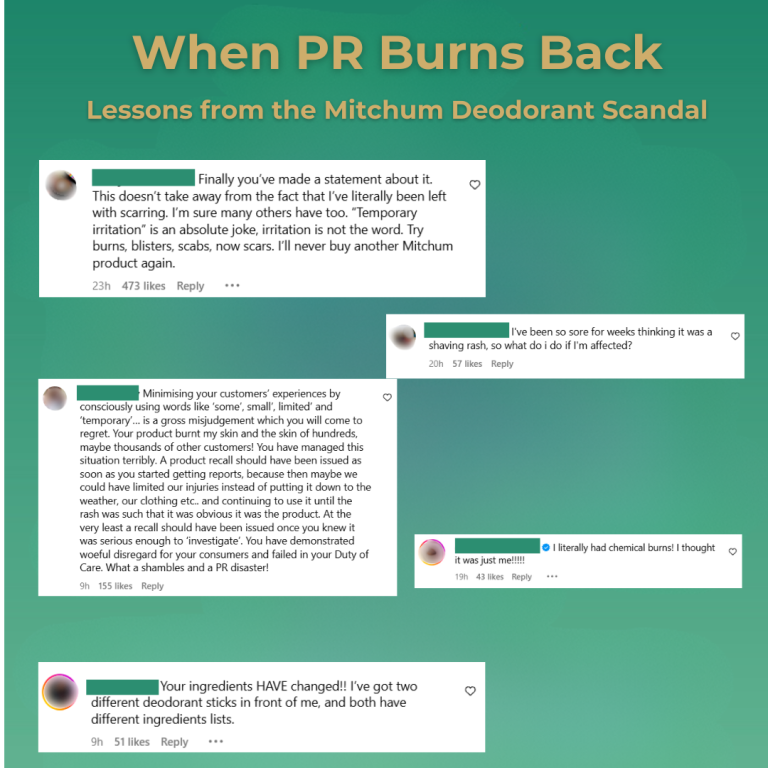In my accounting days (yes, I know most of you won’t believe it – I was!!) we had a few different ways of looking at the costs of a business.
The most popular of these was a very simple analysis – Fixed Costs, which were those costs that would not vary with volume and Variable Costs, which were the costs which did vary according to volume. This was quite a simplistic model, which didn’t always hold up!
We then had other methods of looking at costs such as Zero Base Costing and Activity Based Costing .. interesting stuff indeed!
Since the recession has kicked in I have witnessed first hand clients being advised to cut back on expenses by the accounting fraternity and often they just do it themselves automatically – the types of costs that get chopped first are those that are deemed to be “unnecessary”, which will typically include marketing & advertising spend, sales reps, items like training, corporate entertainment, Christmas gifts, staff entertainment and other “extras”.
On the surface it is easy to figure out why companies would cut back in such a way but you could ask the question: Why spend this money when sales were easier to come by and when it is harder to win business you just abandon them?
Could reduced sales be a self fulfilling prophecy when you cut out certain overheads?
The New Cost Model
Taking the knowledge of my old profession and combining this with what I am witnessing with clients every day I am now proposing a new way of analysing costs.
Here goes ..
There are actually three types of costs:
Negative Costs – these are the costs that a business is “stuck” with, regardless of volume. It would include Rent and Rates (but not necessarily 100% of these – I will explain that later), Insurance, ESB, etc.
Maintenance Costs – these are the costs of servicing the business that you have brought in. It would such items as staff costs, raw materials, power and delivery costs.
Positive Costs – these are the costs that are all about bringing new business in, effectively the costs, which should have a “positive effect” on the business.
Positive costs are the most important costs of the whole business, they are the elements that are designed to start the engine, the elements that can make things happen, that “trigger” customers to actually place an order.
Positive costs are far reaching and could include surprise elements that you would not expect: the premium you pay to have a premises in a location that will bring in more customers, the cost of washing the car after it has been serviced, the cost of polishing the shoes that have been repaired, the cost of having a receptionist who answers calls promptly and deals with customer queries swiftly.
There could be an element of positive costs to most people overhead in the business – the porter who does “meet and greet” at the door of the hotel, the credit controller who carefully spends time with customers who are experiencing difficulty, the accountant who spends time with customers to understand the business better, the staff party to reward a hard working team and a deliberate initiative to improve morale.
I’m sure with a little effort you will think of thousands of other unexpected examples – all of these elements contribute to bringing in more business and create a “positive effect” on the business.
Of course Positive Costs will include items such as advertising, marketing, graphic design, web marketing, social media activity and even PR!
Positive costs are absolutely essential for generating business for any company – cutting these out may be viewed as a necessary step but it will eventually choke the oxygen of the business.
Recession (or any time for that matter)
Using our new cost model I would suggest the following approach:
Analyse your costs into the different cost categories and work towards –
1. Reducing the negative costs as much as possible
2. Improving efficiencies and work practices so that maintenance costs are as little as possible
3. Spending as much of your overhead budget as possible on positive costs .
I am not for one minute suggesting naive spending – always look for the best value in your positive costs and don’t waste money, making sure they are actually positive costs – that the spend results in increases in business.
Are you spending enough on Positive Costs in your business?
Greg Canty is a partner of Fuzion








